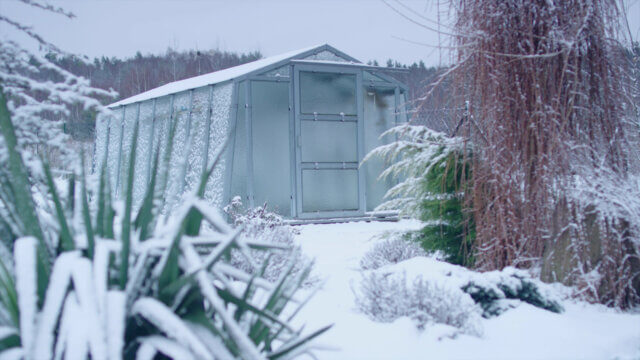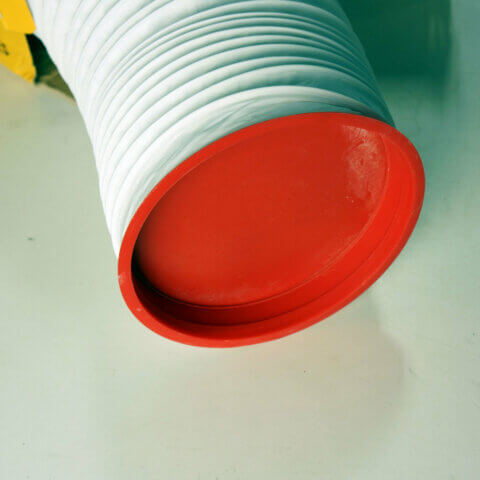Winter is coming and it might be a doozy.
Another supposed “El Nino” winter is on its way, bringing with it torrential downpours and high winds. Are you ready for it?
Have you taken the necessary precautions to make sure your garden will survive the brutal onslaught of wind, rain, sleet or snow? If not, you better get crackin’ because mother-nature waits for no one. Here are a few tips for how you can winterize your garden. By doing these four things, you can ensure a happy healthy garden come spring.
- Mulch! This might be the single most important and often overlooked winter gardening technique. Putting down a thick layer of mulch will protect your plants roots from freezing. Even in temperate climates, an overnight frost lasting 4 -6 hours can kill some of your more tender plants. An ounce of prevention is worth a pound of cure, and there is no cure for death. Any mulch will do as long as it is well composted. You want it to be at least two to three inches thick and it should extend as far out from the base of plant as the canopy. A plants root system is typically the same diameter as the canopy.
- Frost blankets. There are commercially made frost blankets available on the market. However, any lightweight, breathable material will do. An old sheet works perfectly. Simply drape it over the plant in the early evening and remove it the next day. You can leave it on for extended periods of time if you like. However, if the plant is not dormant, it would like some light and fresh air (just like you). For all we know, plants might be getting seasonal depression. If they look a little sad and droopy, put a Wellbutrin or Prozac pill in the soil and tell your plant that everything is going to be okay. Do not give your plants alcohol as a remedy as alcohol is a depressant. Another trick for frost protection are Christmas lights. If you have a citrus tree or some other frost sensitive plant, hang some Christmas lights in it. It’s festive and effective!
- Pruning! This may rival mulch as the most overlooked aspect of winter gardening. Pruning too early or too late can have very detrimental effects on your garden. In early fall, pruning wounds close more slowly and plants are more at risk for fungal diseases than at other times of year. Pruning in late summer and early fall may also stimulate new growth, which has little time to harden before cold weather comes. The cold can harm this tender new growth, and the tree may need more pruning in spring to remove the damage. For most trees, wait until they have dropped all of their leaves and are dormant. This will usually occur in October or November. But if you want to wait until after the holidays because your too busy stressing out about your unbearable aunt coming for Thanksgiving or your bank account being sucked dry by the financial black hole known as Christmas, go ahead and wait. Any time before the first signs of swollen bud sites is fine.
- Drainage. This is something that is time sensitive. If you wait too long, getting in there and dealing with it is going to be a muddy hassle. I recommend going out after the first heavy rain and identifying the low spots or areas where you see standing water. If there are areas of your yard where plants are sitting in a low spot and staying wet all winter long, they will be very unhappy or dead. There are several ways to remedy this situation.
A – Move to a different location. You just don’t want to deal with it. So, sell your house and get out of that swamp.
B – Move the plant to a different location. This might be a more sensible choice than option A.
C – Replanting. If you really like the spot the plant is in, dig it up and replant it. After you dig up the plant, add either more soil to the hole or some gravel at the bottom if you have hard clay soil that doesn’t drain very well.
D – Build some berms. Divert water that is ending up in low spots so that it goes to other places and away from the planted areas.
E – Install a French Drain. What are you crazy? Just do B, C or D. A French drain is way too expensive and involved for landscape issues. If you have standing water against the foundation of your house then yes, a French drain might be the way to go. But we’re talking about your garden here so try to stay on the subject.
Happy Gardening!








